London-based short film director has taken an unusual approach to showcasing contemporary dance, including with her latest film A Moment To Move.
Filmmaker Georgia Parris’ handling of a slice of life moment in a middle aged woman’s life in A Moment To Move won her the XX Award for best female on-screen protagonist at London’s Underwire festival (Screen International was a partner on the prize).
The story is about Martha, a woman of a certain age who finds herself sidelined at what was lined up to be a joyous occasion, her daughter’s wedding, eventually she slips off to a late-night bar on her own. At one point she’s wedged in a car’s back seat between her adult daughters; each of them accidentally slams the door on her. “That’s a powerful moment, her two daughters shut the door on her, even though they are a loving family,” Parris explains. “It’s about how you as an individual can feel vulnerable. It’s something anyone of any age can feel — like if you’re having an off day, you fade into the wall at a party.”
Parris wanted the story to feel realistic. “I wanted something relatively subtle, it wasn’t being overtly mean to her. It’s just something like a tiny comment that can get to you on bad day.”
The film was praised for the XX Award for showcasing the mother of the bride as the protagonist, not someone on the outskirts of the story. “You don’t quite know your role anymore,” Parris suggests of some women of this age. “For a 60-year-old woman, there is an outdated stereotype. I wanted to open up a bigger discussion about these themes….I wanted the story to be really focused, you had to strip away the daughters’ stories, this was Martha’s story.”
The film shot on location in Brixton over four days, with a budget raised from a £10,000 Kickstarter campaign by Parris and her friend and producer Daisy Mount (whose day job is in marketing at Channel 4). “We called on a lot of favours, no one was being paid,” says Parris of the DIY ethos behind the project.
Aisha Walters cast the film, with Phoebe Fox as one of the daughters, and Diana Kent (Heavenly Creatures) taking the pivotal role as Martha.
Now she’d love to try to “expand it into a feature, they are all such interesting characters.”
A Moment to Move will next screen starting Jan 10 at The London Short Film Festival (info here).
Parris, who also works as a runner or first AD mostly on commercials, also has served as a volunteer and volunteer coordinator at the London Film Festival for many years. “The LFF has been my education, watching films and panels,” she says.
Her previous work before A Moment To Move was a family affair of sorts. She made her first short, the Wandsworth Roundabout-shot Brighter Borough, as a fashion film for her sister, fashion designer Louisa Parris (their artist mother helped with storyboards). That film premiered at London Fashion Week in 2012 and went on to show at the London Short Film Festival and Dance on Camera film festival at Lincoln Center in New York.
Her second short, also a collaboration with her sister’s fashion label, was Every Savage Can Dance.
One constant thread through her work so far is dance. No, she’s not a dancer herself but she says she was “taken aback” seeing Wim Wenders’ Pina combining contemporary dance with the power of film.
She adds: “I’m inspired by the contemporary dance world, real movements, real people.”
Even something like Brighter Borough is not just a dance film or a fashion film, however. “It’s important there’s always a narrative, even if it’s something like a fashion film,” the writer/director says. “Through dance I feel like I can say quite a lot.”
In addition to the potential feature, she is also working on three more shorts at the moment. One she’s written for herself to direct, called Mari, about a family gathering around a grandmother in hospital as she is about to die. The woman goes into a dream sequence showcasing contemporary dance.
Another short will be with the Royal Central School of Speech & Drama and the third will be working with an opera company.
“I’m finding a voice for me as a director combining things like dance or music as a way of storytelling that is not shoehorned in, it’s a more natural way of expression,” she adds.

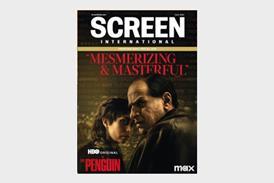
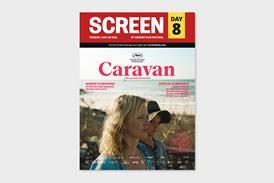


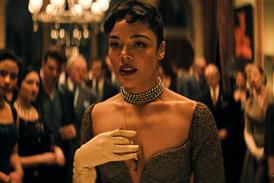

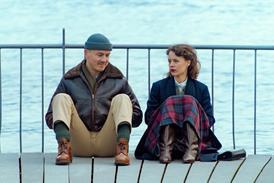

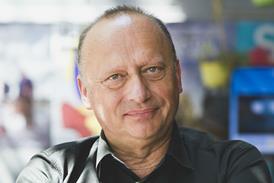




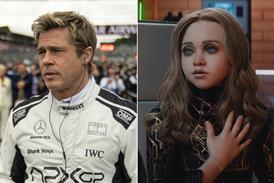










No comments yet